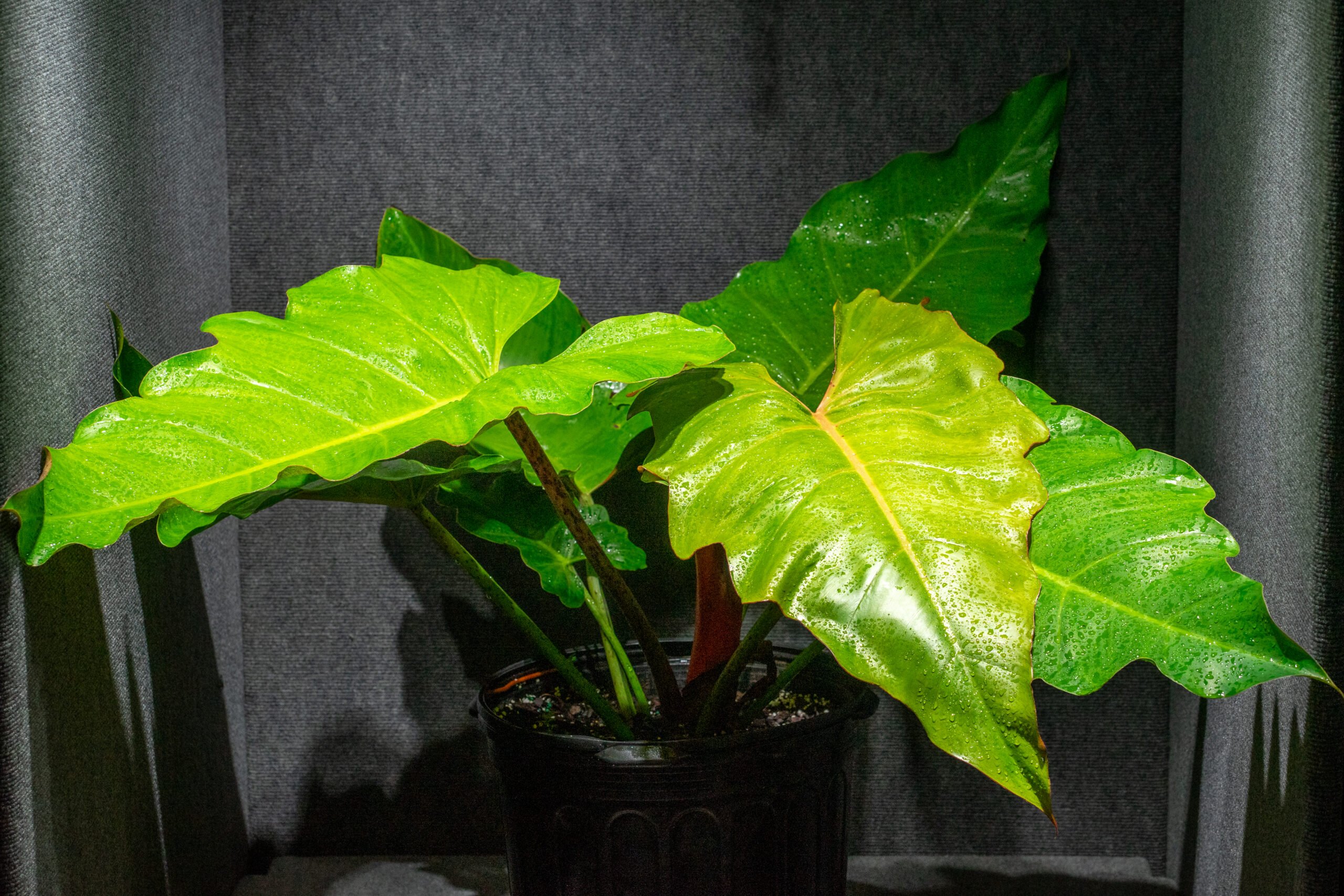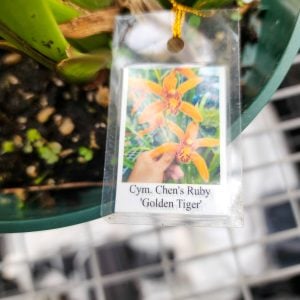Philodendron Burle Marx potted in an 3 gallon pot (Beautiful and healthy)
$34.99
If you want a quick-growing and low-maintenance plant that brings out the tropical and exotic vibe in your home, you’ll love the Philodendron Burle Marx.
This plant is a low-growing tropical shrub named after Roberto Burle Marx, the first-ever architect who used a native plant in modern designs. This is a popular plant not only for its attractiveness but also for its ease of growth—even beginners can grow it
Select any combination of 2 or more plants for a 15% to 20% discount (some exceptions may apply)
Discount per quantity
| Quantity | Price | % Discount |
|---|---|---|
| 2 | $31.49 | 10% |
| 3 | $27.99 | 20% |
| 4+ | $26.24 | 25% |
- Description
- Additional information
- Reviews (0)
Description
Philodendrons are fast-growing, easy plants. They range in growth pattern from graceful and vining to bold and bushy. Philodendrons are generally forgiving and will tolerate all kinds of neglect including low light, poor soil, and inconsistent watering. A Philodendron is a great first-time houseplant or gift for anyone who wants to enjoy the natural beauty of plants without a lot of maintenance.
Philodendron Care
Your philodendron is quite a versatile plant because it can thrive in varying light levels. However, the perfect light for the philodendron should resemble the light exposure it gets in nature: bright and indirect sunlight. As the Philodendron has vines and likes to climb, it grows on tree trunks, in shaded areas. In nature, it rarely gets direct sunlight, so this is something you should avoid for your houseplant as well.
Yellow leaves on your philodendron
When your philodendron is getting many yellow leaves at once, it might be getting too much sunlight. If it’s just 1 or 2 leaves, you have nothing to worry about. Old leaves on a Philodendron turn yellow, so this is a natural process.
Too little light exposure
When your philodendron gets too little light, its aerial roots or vines will stretch and there will be a lot of space between individual leaves. It does this to reach for the light like a succulent would when it’s not getting enough of it. So when you see this happening, it’s time to find a brighter spot for your philodendron. Once your plant starts to slow its aerial root growth and the leaves are growing closer together, it’s getting the proper amount of light. You can always use a grow light to supplement the light in dark areas of your house.
Philodendron plants are very quick growing plants. Its vines can grow up to 10 cm per week if it’s in the growing season. While growing its vines, it’ll also start to grow leaves and aerial roots along with those vines. If you don’t control this growth it’ll be all around your living space in a very short time. When it gets too large, you can propagate the vines and grow more philodendrons.
To promote new growth on a philodendron, it’s always a good idea to trim the vines and propagate those, only to then grow it with the parent plant again. This will grow new, string vines and will give you a fuller plant over time.
Watering your philodendron is quite simple, let the top of the soil dry out between waterings. However, don’t let more of it dry out as philodendrons grow quite quickly. When they’re growing quickly, they like to absorb a lot of moisture. Make sure you’re using a pot with drainage holes, to make sure the soil isn’t wet and any excess water can escape from the bottom of the pot. This will keep your plant happy.
Drooping leaves
When your philodendron starts to droop, it usually indicates a watering issue. It could mean that your plant is getting too much water or not enough. It’s easy to discover which one it is because if the soil is dry, the plant needs more water and if it’s wet you need to let it dry out. The leaves will go back to normal when you’ve correct the watering issue.
As Philodendrons are fast-growing plants, they require regular fertilizing. They’ll need all the energy they can get to keep growing as quickly as possible. When you see your plant starts to grow more slowly, this could mean that it burned through all the fertilizer and it’s time to provide it with some more. During the growing season, spring and winter, it’s best to fertilize the philodendron once per month and during the dormancy period, autumn (fall) and winter, you can scale this back to once per 6 to 8 weeks.
Pale new leaves typically indicate that your plant isn’t getting enough calcium or magnesium. Fertilizing your plant with a water-soluble houseplant fertilizer once a month will keep your plants healthy, strong, and beautiful.
Your plant will grow well in temperatures between 65-80°F degrees. Avoid exposing the plant to temperatures below 60°F, and keep it away from drafts, especially during the winter months.
higher humidity encourages larger leaves. Your plant will benefit from occasional misting.
Philodendrons are quite thirsty plants, but also can’t sit in wet soil for too long. So it’s good to get a soil that retains water for a longer time but doesn’t actually stay wet or compacts when it’s wet for a long period. A palm soil mix is a great choice for a philodendron. It can retain water well, but doesn’t compact, which allows oxygen to get to the roots at all times
Pruning your plants helps encourage new growth and keeps your plants from getting leggy. Snip off dead leaves to make way for new leaves. Keep your clippings—they can be used for propagation.
Philodendrons can fall prey to common pests like mealybugs, spider mites, and aphids. Keep pests at bay by maintaining the health of your plant. You can also spray your plant with neem oil or a diluted dish soap solution if necessary.
We want our customers to feel like they are in a nursery buying the plants. To accomplish that goal, we try to display in our online store every single plant we sell. That means every plant you see in our store with a mark, drawing or a number on the pot will be the plant delivered to your door. There are times in which plant sales are faster than we can photograph and list them individually. Therefore, unmarked plants are a representative of other plants belonging to the same lot. The product you purchase will not be the exact one displayed in the image but it will be similar. We take special care ensuring that unmarked plants are an accurate representation of the plant you will receive. We take great pride in how we ship our plants and we are sure you will be greatly satisfied with how we do it Each plant has a custom, handmade wood support structure that ensures that it will get there safely and undamaged. We also ship our plants in larger boxes to prevent leaves from being bent and damaged. Please Add 72 hours heat pack to the order if you feel the weather could hurt the plant in transit to your area
Additional information
| Weight | 15 lbs |
|---|---|
| Dimensions | 30 × 9 × 9 in |
Only logged in customers who have purchased this product may leave a review.





























Reviews
There are no reviews yet.